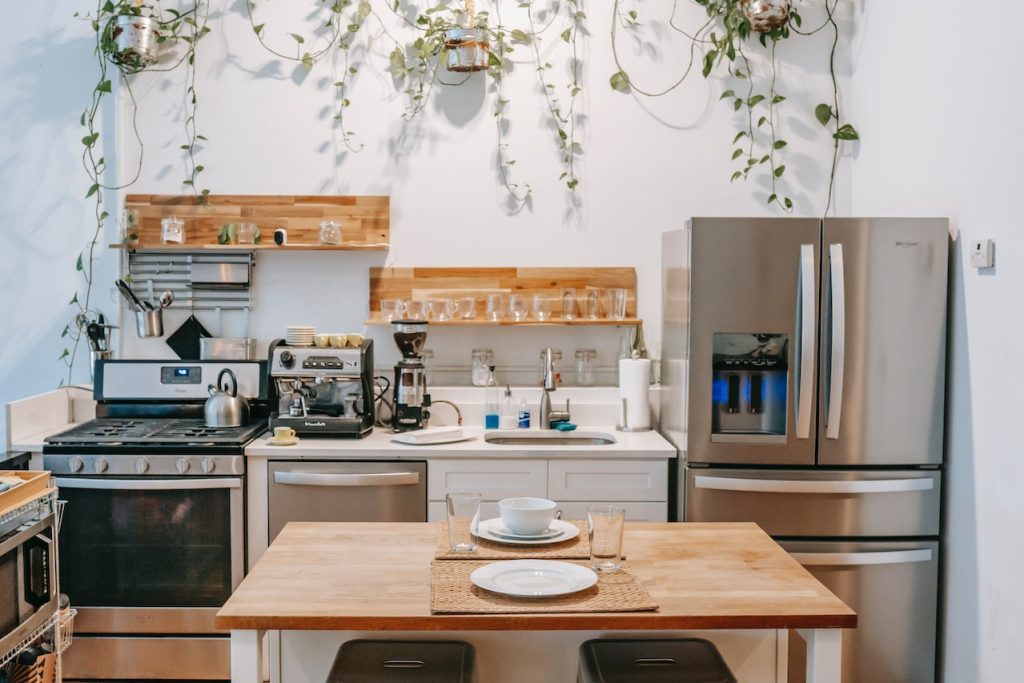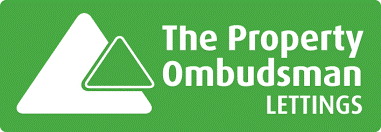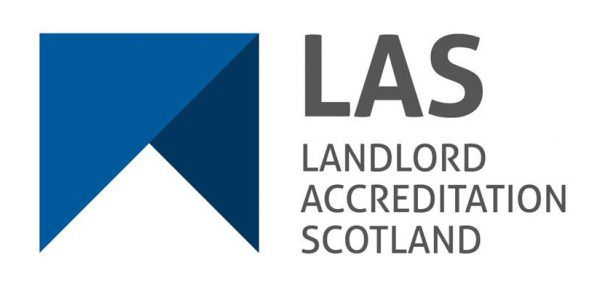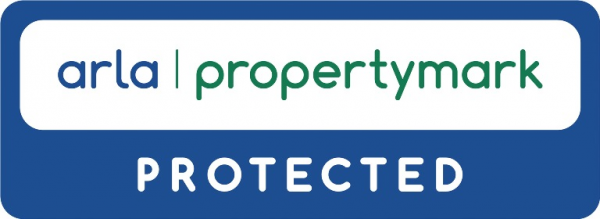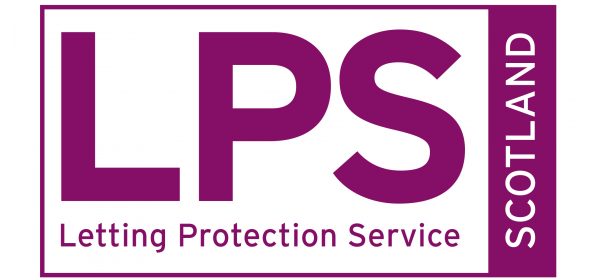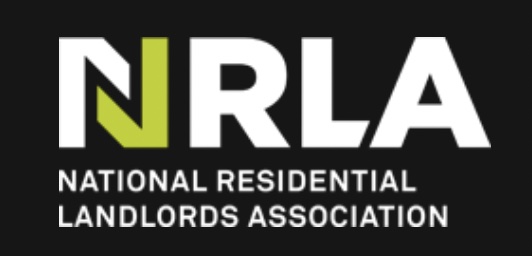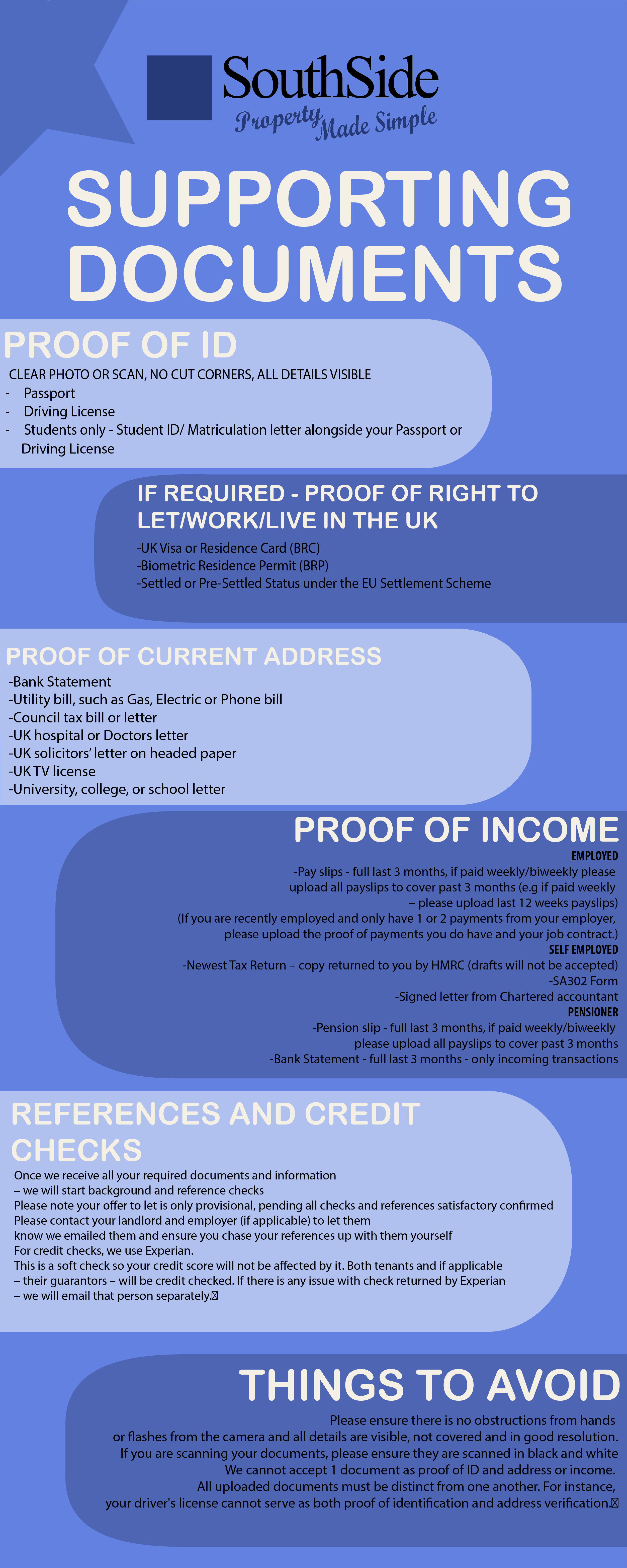When it comes to renting out a flat or house you own, one of the most important questions to figure out is how much rent you should charge for it. Too little, and you’ll be inundated with applications and struggle to cover your mortgage and other costs. Too much, and you’ll struggle to secure a tenant at all or find that tenants only stay a few months until a better alternative comes up.
To help you figure out what rent you should charge for your Edinburgh rental property, we’ve put together the guide below.
There’s no easy and exact formula for figuring out how much rent you should be charging for your rental property. However, there are several factors to consider that’ll help you come up with a solid ballpark figure, which we’ve listed below.
Of course, the easiest way to figure out the correct amount to charge is to work with professional property managers, but this should be enough to get you started.
Location & amenities
This one is one of the obvious first steps to figuring out how much rent to charge. The public transport links, shops, schools, parks, parking and services will all have an impact on how much rent you can reasonably charge.
Edinburgh is a fairly compact and walkable city, with many central neighbourhoods boasting all the shops and services tenants need on an everyday basis. Properties with good access to local bus services or near one of Edinburgh’s railway stations are likely to attract better rents.
Your property’s condition & furnishings
This is another quite obvious factor. The cosmetic condition and energy efficiency rating alongside the size of your property will affect the rent you can reasonably expect to charge for it.
Things like freshly painted walls, flooring in good condition and double glazing are all things that can help attract a slightly higher rent and more applicants.
If you would like to carry out some repairs and upgrades before letting out your property, you need to consider carefully the kind of return you can expect from this investment. This can be difficult for first-time landlords to ascertain, which is why seeking expert opinion is such a good idea here – and this is a service we provide here at Southside.
Deciding whether you’ll rent out your property furnished or unfurnished will also have its impact, as you can typically charge a little more for a furnished property.
Of course, furnishing your rental property comes at an extra cost for you and not all furniture and fixtures are created equal.
You may not want to furnish your rental property with your most prized possessions, but good quality, modern furniture will allow you to charge a bit more and make your property more marketable. Meanwhile, worn, dated furniture could harm your chances to find tenants. It’s important to note that whatever is included in the inventory will be your responsibility as a landlord to repair or replace like for like, so many long-term landlords tend not to include items such as TVs and DVD players.
Your targeted renters
The types of tenants you’d like to attract will also have its impact on your rent. Students make up a large portion of Edinburgh’s population and are a popular demographic for landlords to target.
They will have smaller budgets, but you can rent out your property by bedroom for them to boost your rental income – especially if you get an HMO license. Students will also be less likely to care too much about things like worn furniture when compared to slightly older tenants, so long as it is in a reasonable condition.
Seasonality comes into play with student renters, though, and if you find yourself unable to secure a tenant by the start of the semester, you might risk a void period in your property.
Meanwhile, young professionals, another large pool of renters in Edinburgh, are often prepared to pay a little more for better-quality furniture and appliances. Finally, longer-term tenants like families and older adults will commonly appreciate the chance to bring in some of their own possessions and home comforts that they have accumulated over time.
On a bit of a side note, as most landlords don’t accept pets, you may be able to charge a little bit more rent if you do decide to allow pets in your property. You may want to consider an additional security deposit for pets.
The Edinburgh rental market
One of the most important steps to determine how much rent to charge, is to take some time to investigate the rental prices of similar properties for rent in your area and how long they stay on the market for.
If you check in on websites like Citylets, Rightmove or Zoopla for a few weeks you may even spot some flats being reduced in price – this’ll give you a good indication of your local competition.
In general, houses and flats for rent in Edinburgh attract steady interest, high average rents and good average rental yields. The median rent in Edinburgh was £1,200 pcm across all property sizes and types at the time of writing this article, and properties stayed on the market for an average of 46 days until they found tenants. In comparison, the average number of days on the market for our own properties was 36 days, including room only lets which, tend to stay on the market for longer). For real-time updates across Edinburgh, you can use tools like Home.co.uk.
Working with a property manager
As you’ll have gathered by now, deciding what rental prices to charge for your property can be a complicated task. That’s why consulting with experts is such a good idea, especially if you’re a first-time landlord or don’t know Edinburgh too well.
At Southside, we provide a wide range of property management services to suit the needs of landlords and tenants of all kinds – from simply helping with the paperwork that comes with finding and securing tenants to taking full ownership of the management of your Edinburgh property.
Interested in finding out more? Read all about our letting and management services here or get in touch to discuss your needs directly.




